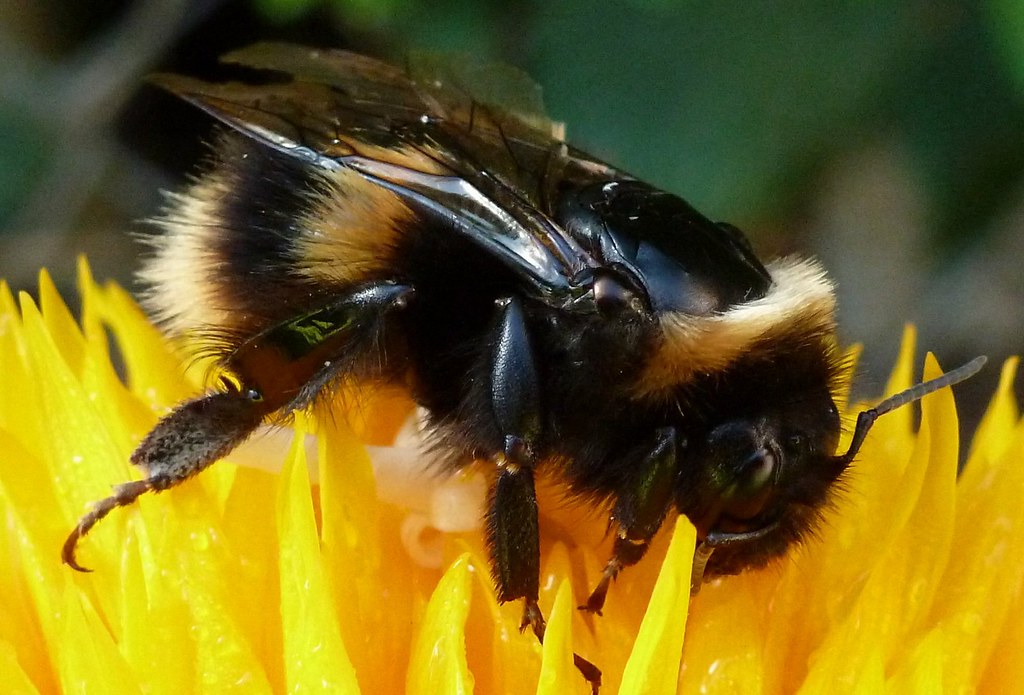Most people picture bees as fuzzy little creatures buzzing around flowers, collecting nectar and pollen. But what if I told you there’s a bee that breaks all the rules? Meet the vulture bee, a fascinating insect that has completely rewritten the bee playbook. These remarkable creatures feast on rotting meat instead of flowers, yet somehow still manage to create honey-like substances that would make any sweet tooth smile.
The Shocking Discovery of Meat-Eating Bees
When researchers first stumbled upon these carnivorous bees in the tropical rainforests of Central and South America, they couldn’t believe their eyes. Here were insects that looked like bees, lived like bees, but hunted like tiny vultures. The scientific community was stunned – everything they thought they knew about bee behavior had just been turned upside down.
These vulture bees, scientifically known as *Trigona hypogea* and related species, represent one of nature’s most unexpected evolutionary twists. Unlike their flower-loving cousins, these bees have developed a taste for carrion that would make a buzzard proud. Their discovery challenged fundamental assumptions about bee biology and forced scientists to reconsider what it really means to be a bee.
The Gruesome Menu of Vulture Bees
Vulture bees don’t just nibble on meat – they go all in. These protein-hungry insects seek out fresh animal carcasses, from dead birds and lizards to unfortunate mammals that have met their end in the forest. They use their powerful mandibles to tear off chunks of flesh, which they then carry back to their hive like gory little shopping bags.
The bees show remarkable efficiency in their scavenging operations. They work in teams, with some bees standing guard while others harvest the meat. This cooperative behavior ensures they can quickly strip a carcass clean before other scavengers arrive on the scene.
What’s particularly fascinating is how these bees have adapted their entire digestive system to process meat. Their gut bacteria have evolved to break down proteins and fats rather than plant sugars, representing a complete metabolic overhaul from traditional bee biology.
Inside the Carnivorous Hive
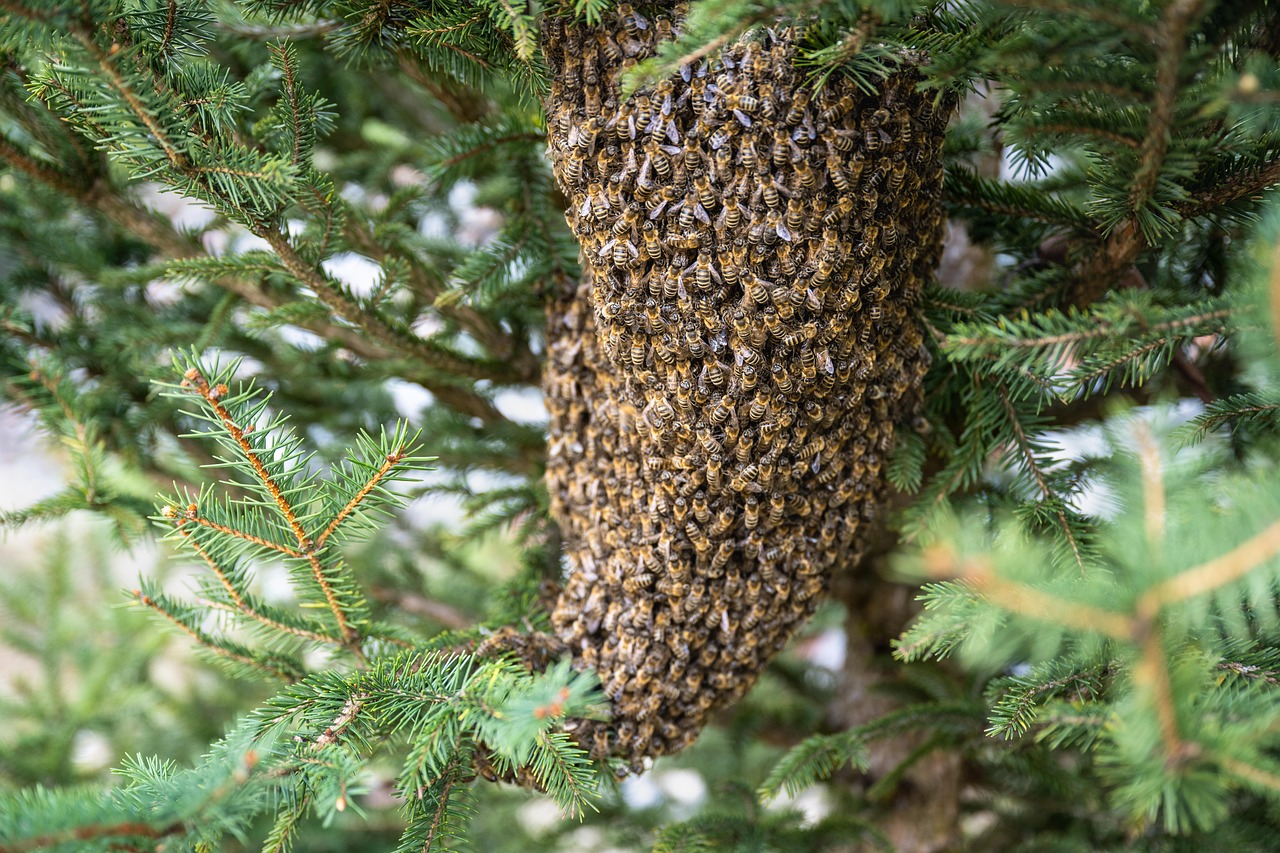
Step inside a vulture bee colony and you’ll find a world that’s both familiar and alien. The hive structure looks similar to traditional bee colonies, with hexagonal cells and organized chambers. But instead of storing pollen and nectar, these cells are packed with processed meat and the sweet secretions these bees produce.
The social structure remains remarkably bee-like, with a queen, workers, and drones all playing their traditional roles. However, the daily routine is drastically different. Instead of foraging flights to flowers, worker bees embark on hunting expeditions, scouting for fresh carrion across the forest floor.
The hive buzzes with activity as returning foragers communicate the location of food sources through modified dance patterns. These dances have adapted to convey information about ground-based carcasses rather than aerial flower patches.
The Sweet Surprise They Create
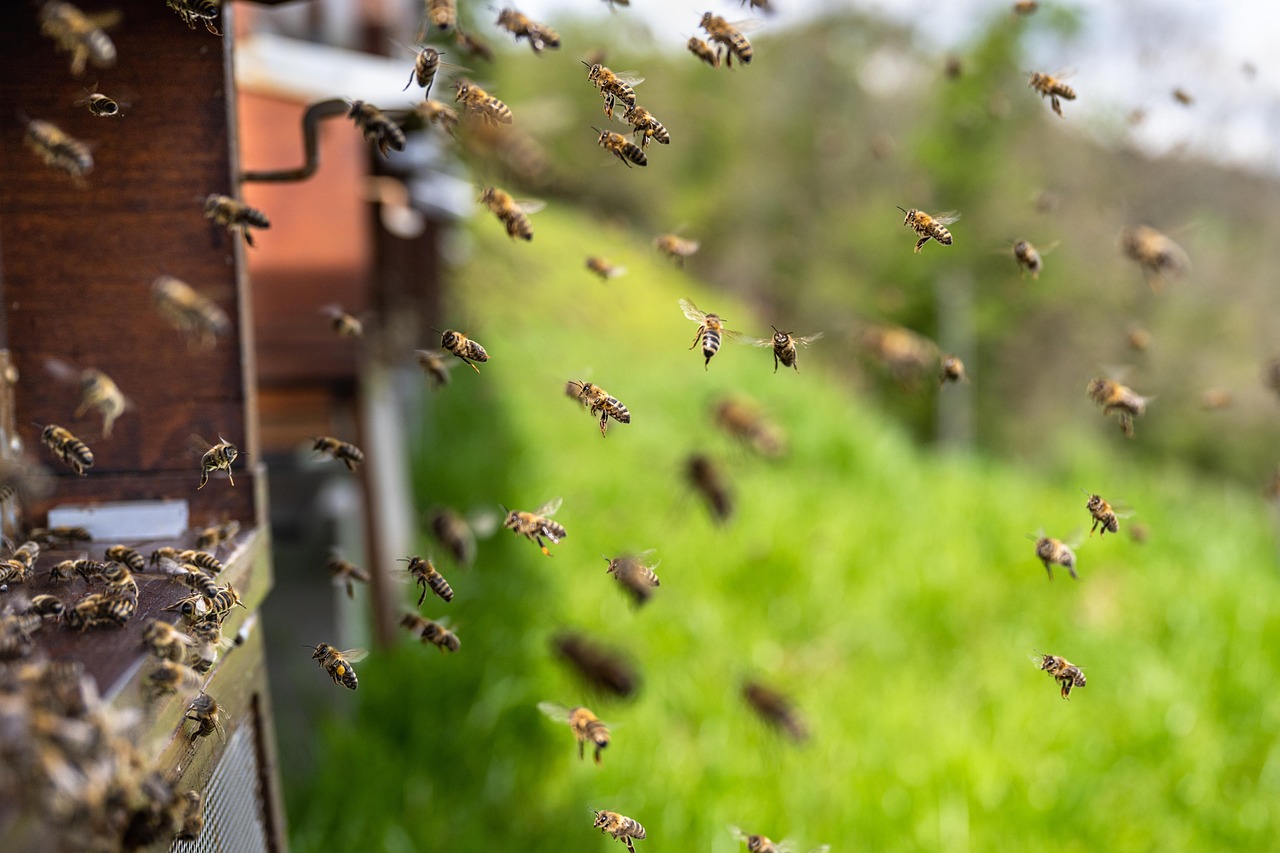
Here’s where things get truly mind-bending – despite their carnivorous diet, vulture bees still produce a honey-like substance that’s surprisingly palatable. This golden liquid isn’t made from flower nectar but from the proteins and fats they consume, processed through their unique digestive system.
The transformation process is nothing short of miraculous. The bees use specialized enzymes to break down the meat proteins into simpler compounds, which are then combined with their own secretions to create this sweet substance. Local indigenous communities have harvested this “meat honey” for generations, considering it a delicacy with unique nutritional properties.
Scientists have analyzed this unusual honey and found it contains high levels of amino acids and other nutrients not typically found in traditional honey. The taste is described as subtly different from regular honey, with a richer, more complex flavor profile that reflects its unconventional origins.
Evolution’s Unexpected Turn
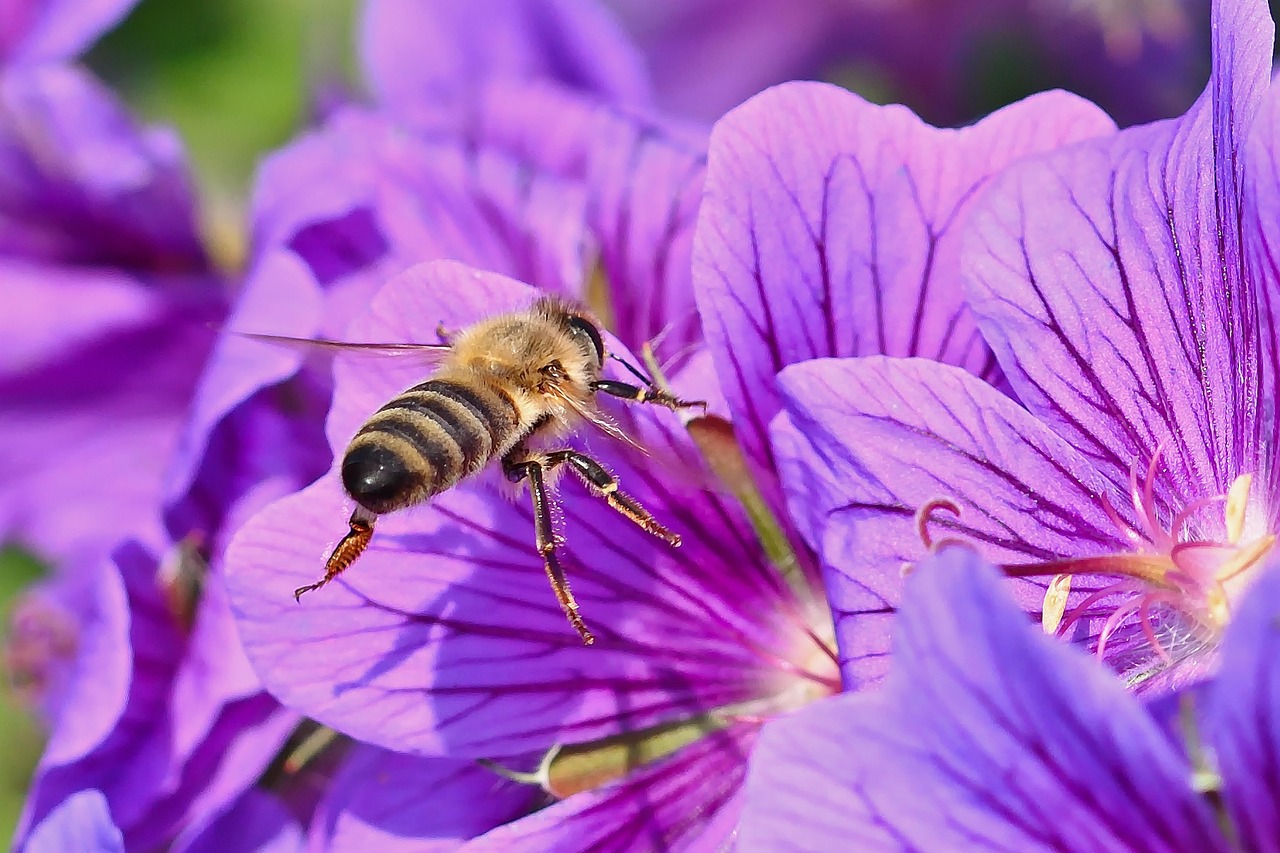
The evolution of vulture bees represents one of nature’s most dramatic dietary shifts. Scientists believe these bees evolved their carnivorous habits as a response to intense competition for floral resources in tropical environments. When too many pollinators compete for the same flowers, some species must find alternative food sources or perish.
This evolutionary pivot required massive changes throughout their entire biology. Their digestive systems underwent a complete overhaul, their behavior patterns shifted dramatically, and even their body chemistry adapted to process meat instead of plant matter. It’s like watching a vegetarian suddenly become a committed carnivore – but on an evolutionary scale.
The genetic changes necessary for this transformation took millions of years to develop. Each generation that could better digest meat had a survival advantage, gradually leading to the fully carnivorous species we see today.
Physical Adaptations for Meat Processing
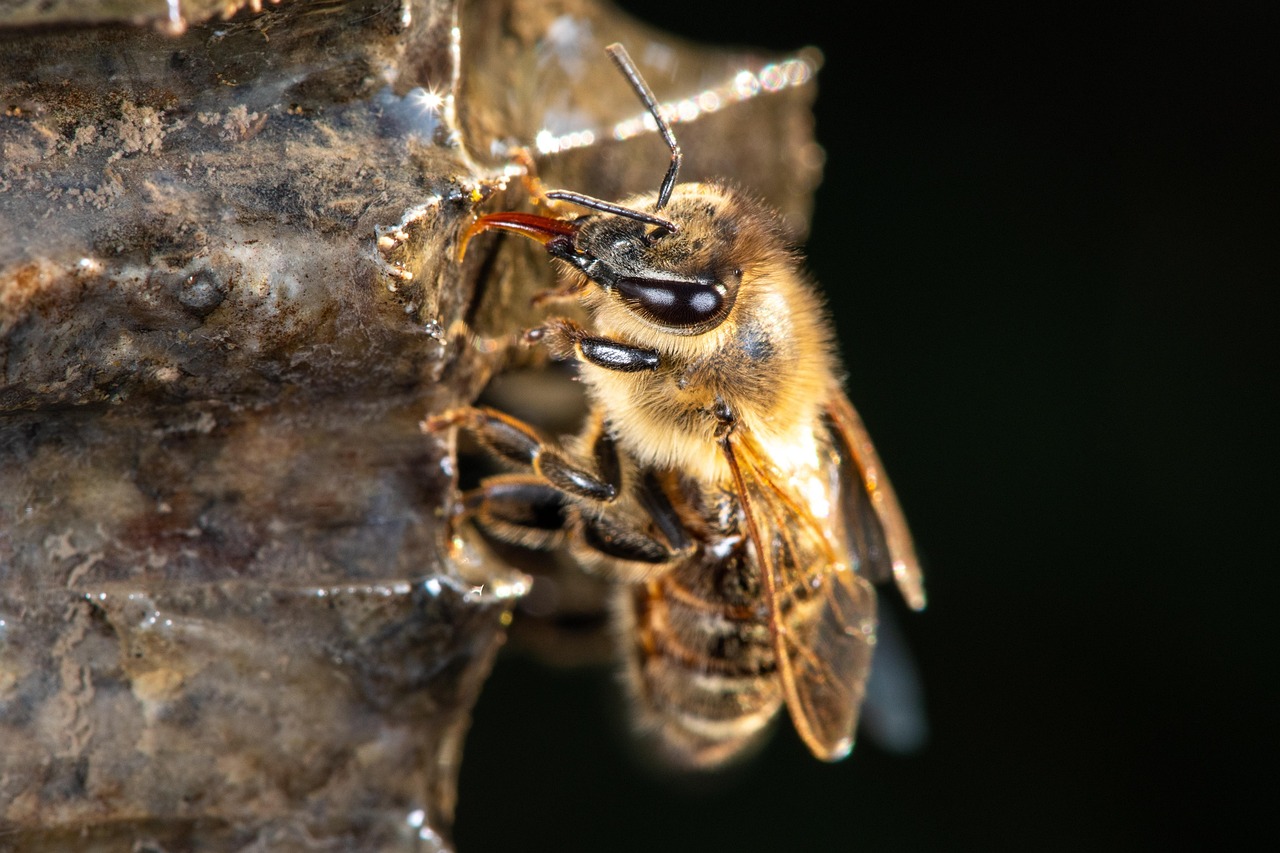
Look closely at a vulture bee and you’ll notice subtle but crucial differences from their plant-eating relatives. Their mandibles are more robust and sharp-edged, perfect for tearing through tough flesh and sinew. Their legs have developed stronger gripping capabilities to handle slippery, bloody prey.
Their digestive tract has been completely redesigned to handle proteins and fats rather than sugars. The gut bacteria that help break down their food are entirely different species from those found in traditional bees. This internal ecosystem has co-evolved with the bees to maximize nutrient extraction from their unusual diet.
Even their sensory systems have adapted to their carnivorous lifestyle. They’ve developed enhanced abilities to detect the chemical signatures of decomposing flesh, allowing them to locate carrion from considerable distances.
The Hunting Strategies
Vulture bees have developed sophisticated hunting strategies that would impress any predator. They don’t just stumble upon dead animals – they actively search for them using a combination of visual cues, chemical signals, and coordinated group behavior. Scout bees venture out in search patterns, covering vast areas of forest floor and canopy.
When a scout discovers a fresh carcass, it returns to the hive and performs a modified waggle dance to communicate the location to other workers. This dance includes information about the size of the carcass, its freshness, and the best approach route. The precision of this communication rivals that of traditional honey bees directing others to flower patches.
The harvesting process itself is a marvel of efficiency. Worker bees arrive at the carcass in waves, with different groups taking on specific roles – some act as guards, others as processors, and still others as transporters who ferry the meat back to the hive.
Competing with Nature’s Other Scavengers
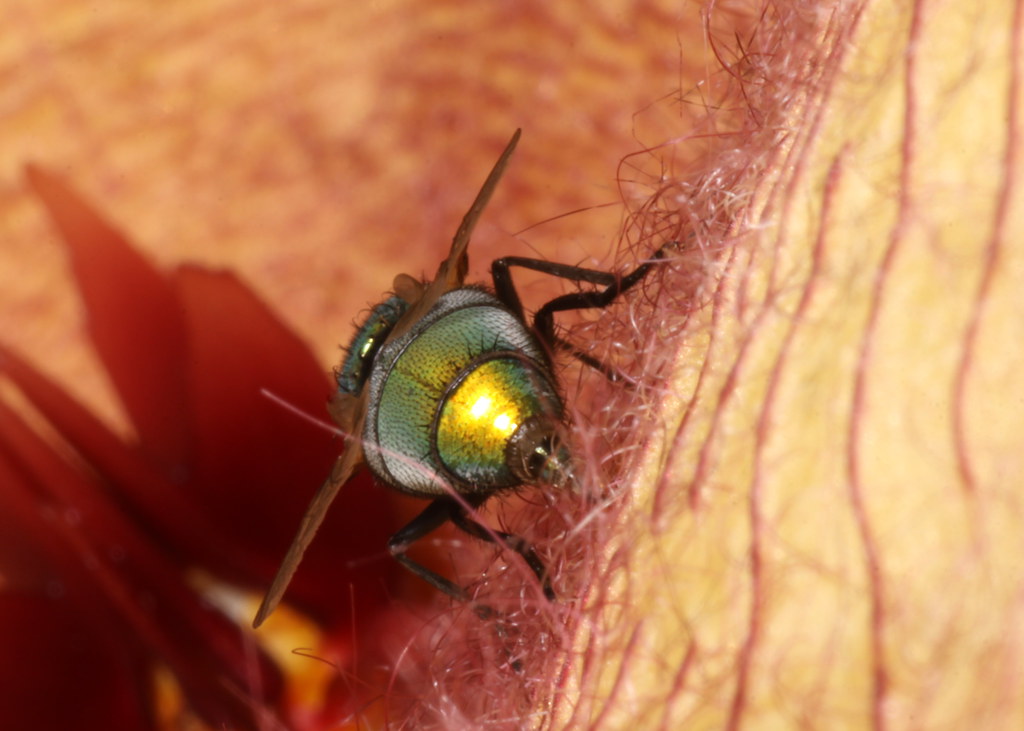
In the dog-eat-dog world of carrion feeding, vulture bees face stiff competition from traditional scavengers like flies, beetles, and actual vultures. These tiny insects have had to develop clever strategies to compete with much larger competitors for access to the same food sources.
Their small size actually becomes an advantage in many situations. While large scavengers fight over the choice portions of a carcass, vulture bees can slip into cracks and crevices to access meat that others can’t reach. They’re also incredibly quick, able to strip small carcasses clean before larger competitors even arrive.
The bees have learned to time their foraging activities to avoid peak competition hours. They often arrive at carcasses during the early morning or late afternoon when other scavengers are less active, maximizing their harvesting efficiency.
The Science Behind Meat Digestion

The biochemistry of how vulture bees process meat is a fascinating study in evolutionary adaptation. Their digestive system produces a unique cocktail of enzymes specifically designed to break down proteins and fats. These enzymes are fundamentally different from those found in nectar-feeding bees, representing a complete metabolic overhaul.
The gut microbiome of vulture bees is equally remarkable. These beneficial bacteria have co-evolved with their hosts to efficiently process animal proteins. Some of these microbes produce compounds that help preserve the meat during transport back to the hive, preventing spoilage in the tropical heat.
Research has shown that vulture bees can extract more nutritional value from a gram of meat than many traditional carnivores. This efficiency is crucial for their survival, as carrion is often a limited and unpredictable food source.
Social Structure in Carnivorous Colonies
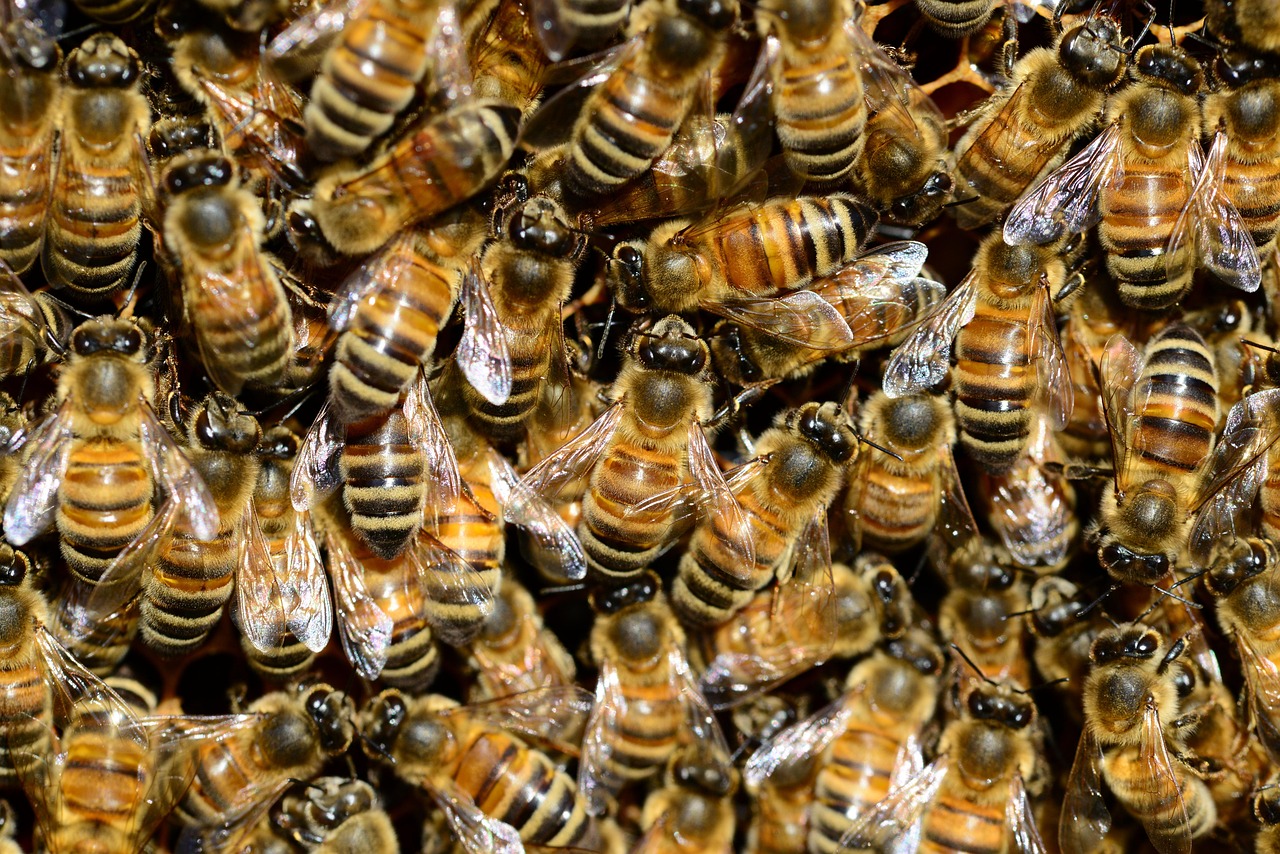
Despite their unusual diet, vulture bee colonies maintain the complex social structures typical of eusocial bees. The queen still reigns supreme, laying eggs and coordinating colony activities. Worker bees handle foraging, nest maintenance, and brood care, while drones serve their reproductive function.
However, the division of labor has adapted to their carnivorous lifestyle. Some workers specialize in scouting for carcasses, others in meat processing, and still others in converting the processed meat into their honey-like substance. This specialization increases the colony’s efficiency and survival chances.
Communication within the colony has also evolved to accommodate their unique needs. The chemical signals they use to coordinate activities include pheromones related to meat quality, freshness, and processing status – a far cry from the flower-focused communications of traditional bees.
Geographic Distribution and Habitat
Vulture bees are primarily found in the tropical rainforests of Central and South America, where the warm, humid climate provides ideal conditions for both the bees and their food sources. The rich biodiversity of these regions ensures a steady supply of small animals that eventually become carrion.
These bees prefer areas with dense forest cover, where fallen logs and leaf litter provide numerous hiding places for small animals – and eventually, food sources for the bees. They’re particularly common in areas where the forest canopy is thick enough to provide protection from larger predators but open enough to allow for efficient foraging.
Climate change and deforestation pose significant threats to vulture bee populations. As their forest habitats shrink, both the bees and their prey animals face increasing pressure, potentially disrupting the delicate balance that has sustained these remarkable insects for millions of years.
The Role in Ecosystem Cleanup
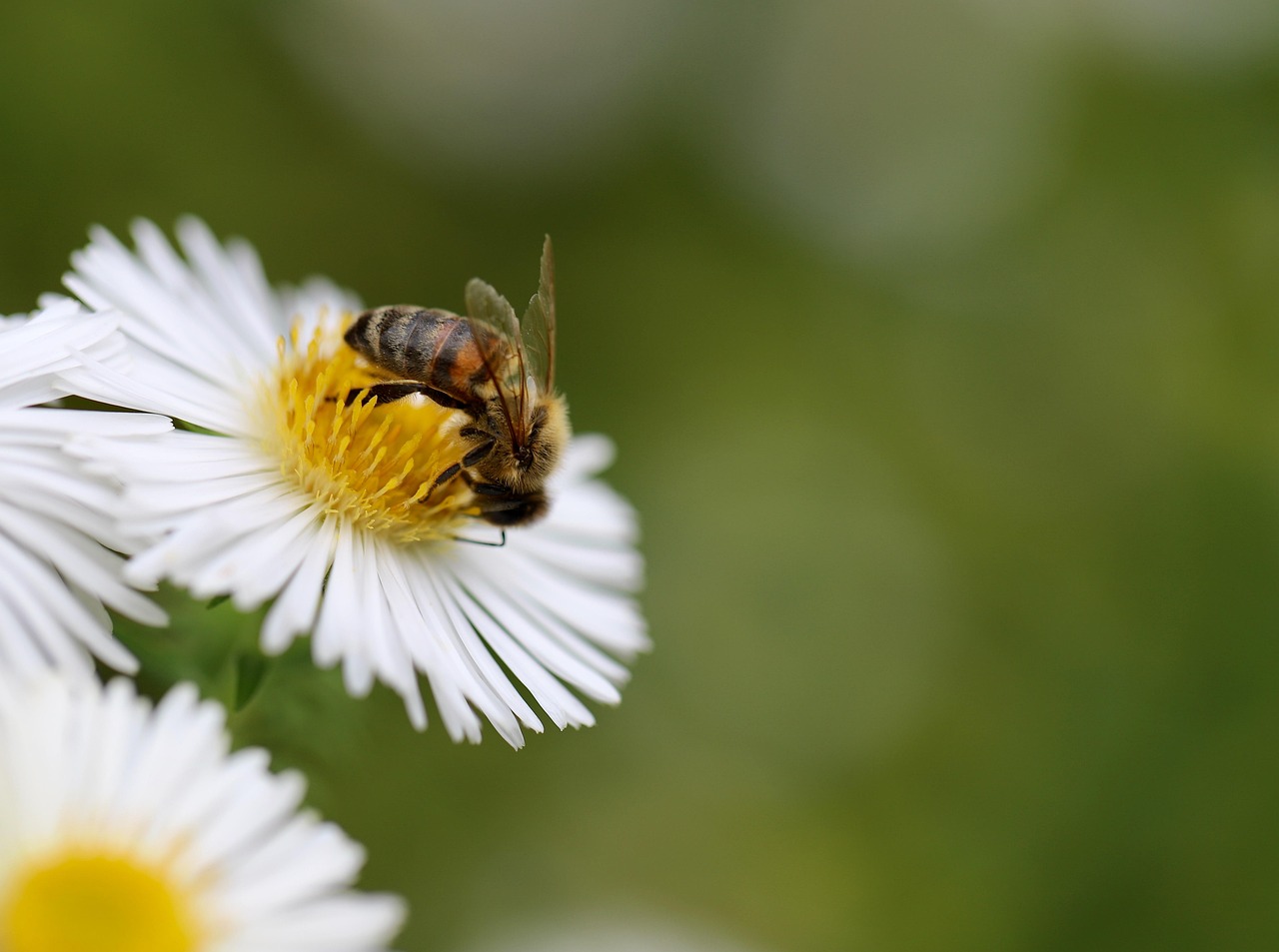
Vulture bees play a crucial but often overlooked role in forest ecosystem health. By efficiently processing small carcasses, they help prevent the spread of disease and accelerate the recycling of nutrients back into the ecosystem. Their activities complement those of larger scavengers, ensuring that even the tiniest dead animals are quickly processed.
This cleanup service is particularly important in tropical environments where high temperatures and humidity can quickly turn decomposing matter into breeding grounds for harmful bacteria and parasites. The bees’ rapid processing of carrion helps maintain the delicate balance of forest ecosystems.
Their efficiency in this role is remarkable – a colony of vulture bees can completely process a small bird carcass in just a few hours, leaving behind only cleaned bones and contributing valuable nutrients to their honey-like substance.
Threats and Conservation Challenges

Like many tropical species, vulture bees face mounting pressures from human activities. Deforestation destroys their habitat and reduces the availability of the small animals they depend on for food. Pesticide use in agricultural areas adjacent to forests can poison both the bees and their prey.
Climate change poses additional challenges, as shifting weather patterns can disrupt the delicate timing of their foraging activities. Changes in precipitation and temperature can affect the decomposition rates of carrion, potentially altering the availability and quality of their food sources.
Conservation efforts for vulture bees are complicated by their unusual lifestyle and the general public’s discomfort with their diet. However, protecting these remarkable insects is crucial for maintaining the biodiversity and ecological balance of tropical forests.
Scientific Research and Future Discoveries

Research into vulture bees is still in its early stages, with new discoveries emerging regularly. Scientists are particularly interested in understanding the genetic mechanisms that enabled their dramatic evolutionary shift from plant-eating to carnivory. These insights could provide valuable information about evolutionary adaptation and flexibility.
Current research focuses on several key areas: the biochemistry of their digestive processes, the ecology of their interactions with other scavengers, and the potential applications of their unique enzymes in biotechnology. The honey-like substance they produce is also being studied for its nutritional and medicinal properties.
Future research may reveal even more surprising aspects of vulture bee biology and behavior. As scientists develop new techniques for studying these insects in their natural habitat, we’re likely to uncover additional secrets about one of nature’s most remarkable evolutionary experiments.
Conclusion
The vulture bee stands as one of nature’s most extraordinary examples of evolutionary adaptation and biological flexibility. These remarkable insects have completely rewritten the rules of what it means to be a bee, proving that evolution can take even the most unexpected turns. Their ability to transform from nectar-sipping pollinators to efficient carrion processors while maintaining their social structure and sweet-making abilities challenges our understanding of biological limitations.
As we continue to explore and protect the world’s tropical forests, the vulture bee serves as a powerful reminder of the incredible diversity and adaptability of life on Earth. Their existence teaches us that nature’s solutions to survival challenges can be far more creative and surprising than we ever imagined.
The next time you see a regular honey bee visiting your garden flowers, remember its carnivorous cousins deep in the rainforest, turning death into sweetness and proving that even the most fundamental rules of nature can be bent in extraordinary ways. What other impossible creatures might be waiting in the world’s unexplored corners?

